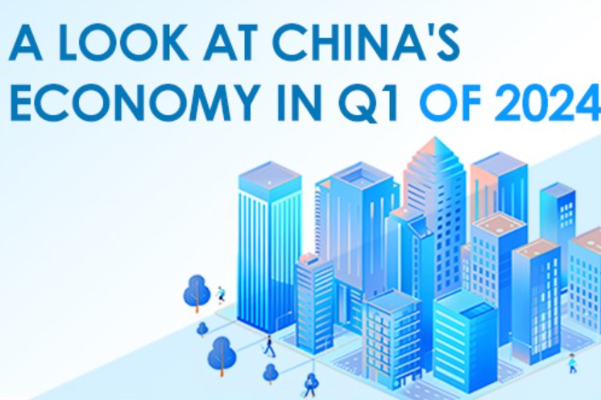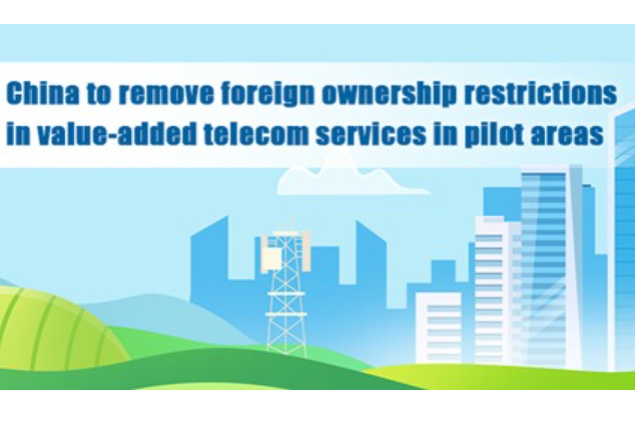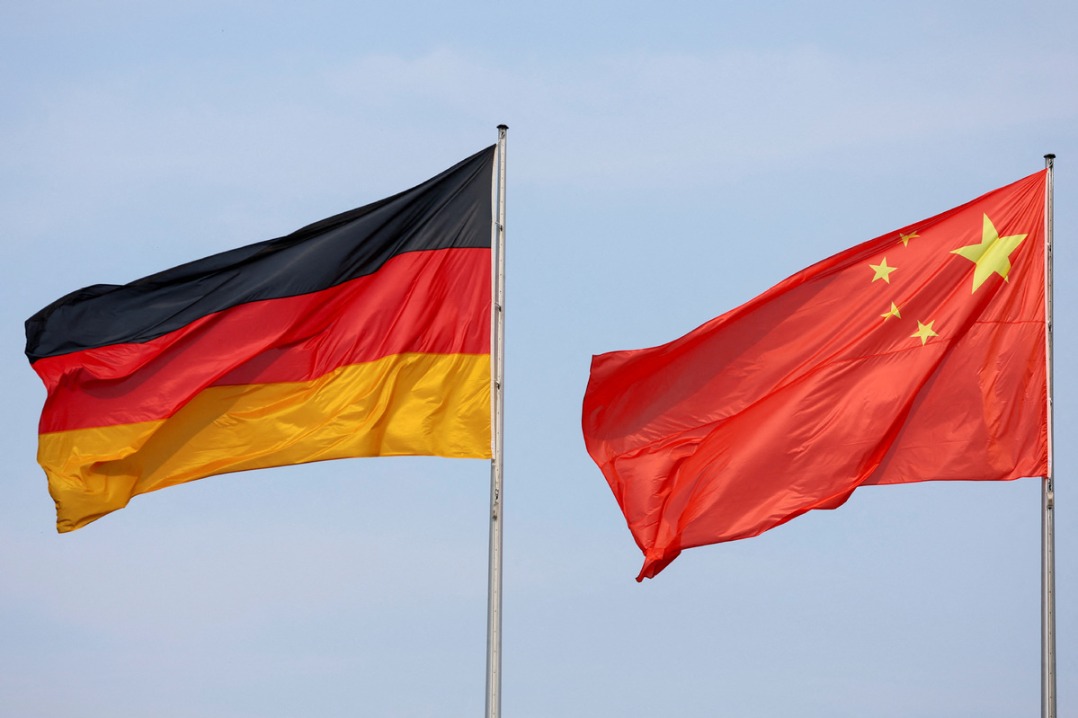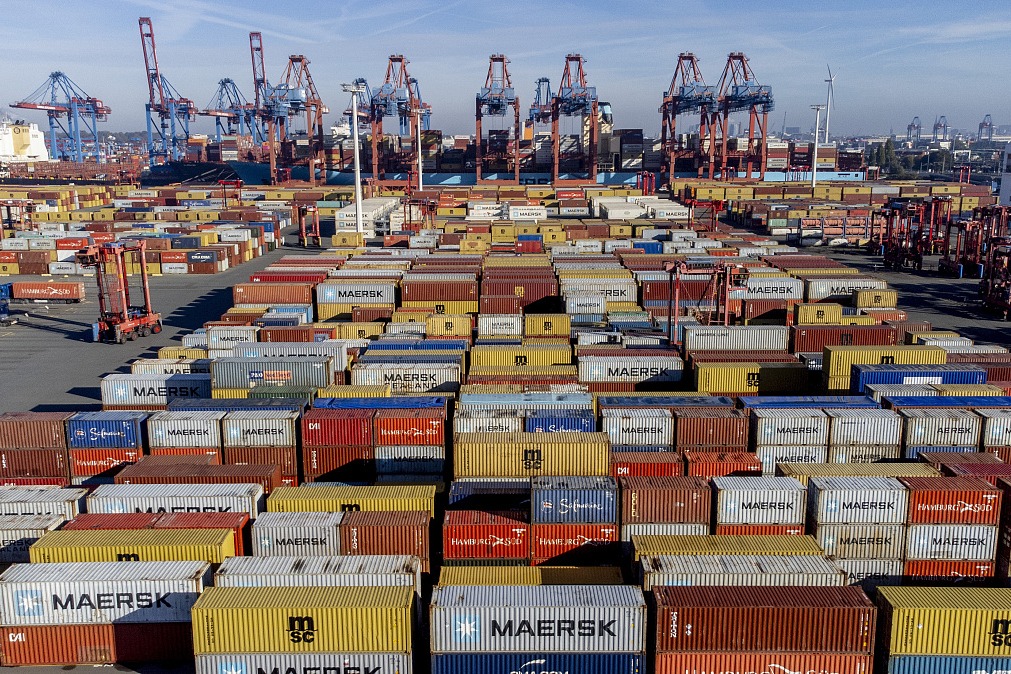Business environment

1. Location advantages
Jiangsu province is located in the east coast area of China and the lower reaches of the Yangtze River. With close connections to the Yangtze River Economic Belt and the New Eurasian Continental Bridge Economic Corridor, Jiangsu is one of the provinces in China with the fastest economic growth and the highest degree of opening-up.
2. Infrastructure
Jiangsu has mature infrastructure due to its regular upgrading of its roads, ports and communication networks. It has numerous ports, a dense network of freeways and railways, and 12 airports in Nanjing, Wuxi, Xuzhou, Changzhou, Nantong, Lianyungang, Huai'an, Yancheng, Yangzhou, Zhenjiang, Taizhou and Suqian.
The province's port handling capacity, cargo throughput, and number of berths for ships over 10,000 tons rank first in China. It is possible to travel from one city to another within the Shanghai-Nanjing-Hangzhou area in one hour through the convenient transportation system.
Besides, many infrastructure projects related to water conservancy and transportation have been launched or completed. For example, the project to reconstruct and expand the T1 terminal at Nanjing Lukou International Airport is underway.
3. Economic development
Jiangsu takes innovation-driven development strategy as its core plan and strives to improve the international competitiveness of its economy.
With high-quality development of its economy and further improvement of its economic structure, Jiangsu's overall development is close to that of the world's medium-developed economies. In 2017, Jiangsu's GDP reached 8.59 trillion yuan ($1.25 trillion), an increase of 7.2 percent, while GDP per capita was 107,289 yuan, an increase of 6.8 percent year-on-year.
Besides, Jiangsu also continues to further its opening-up. The total volume of its foreign trade in 2017 was 4 trillion yuan, a year-on-year increase of 19 percent. In 2017 the number of newly approved foreign-invested enterprises totaled 3,254 and the amount of newly approved registered foreign capital was $55.43 billion. A total of 631 investment projects were established overseas, with agreed investment of $9.27 billion.
There are 85 provincial-level development zones and 46 State-level development zones in Jiangsu, including Nanjing Economic and Technological Development Zone, Suzhou Industrial Park, and Yangzhou Economic and Technological Development Zone.
4. Industrial Clusters
In recent years, Jiangsu has formed four leading industries – electronic information, equipment manufacturing, petrochemical engineering and shipbuilding – as well as four traditional competitive industries – textiles, metallurgy, construction and light industry.
By adhering to the innovation-driven development strategy, Jiangsu is committed to developing 10 strategic emerging industries – new energy, new materials, biotechnology and new medicine, energy conservation and environmental protection, information and software, internet of things and cloud computing, high-end equipment manufacturing, new energy vehicles, smart grids, and marine engineering equipment. It will also further develop new service industries, such as information services, e-commerce and logistics and its internet economy.
Besides, it is accelerating the construction of tech-innovation centers and advanced manufacturing bases. In 2017, the output value of Jiangsu's hi-tech and emerging industries increased to 42.7 percent and 31 percent.
5. Scientific and technological innovation
Jiangsu province has a strong foundation in scientific and technological innovation. In 2017, Jiangsu had 54 projects which won National Science and Technology Awards, ranking first among all provinces. Its patent application volume reached 514,000 and the number of patents applied by Jiangsu's companies totaled 360,000.
MOST POPULAR
- 1 Things to know about China Intl Consumer Products Expo 2024
- 2 China tops FDI confidence index of emerging markets
- 3 China specifies steps to improve payment services in tourist attractions
- 4 Low-altitude economy set to take off
- 5 China's immigration service platform receives over 10m calls from home, abroad
Editors' Picks
 Infographic:
A look at China's economy in Q1 of 2024
Infographic:
A look at China's economy in Q1 of 2024
 Infographic:
China to remove foreign ownership restrictions in value-added telecom services in pilot areas
Infographic:
China to remove foreign ownership restrictions in value-added telecom services in pilot areas
 Infographic:
2023 Sino-German investment and trade in numbers
Infographic:
2023 Sino-German investment and trade in numbers
 Infographic:
China-Germany relations in graphic
Infographic:
China-Germany relations in graphic



